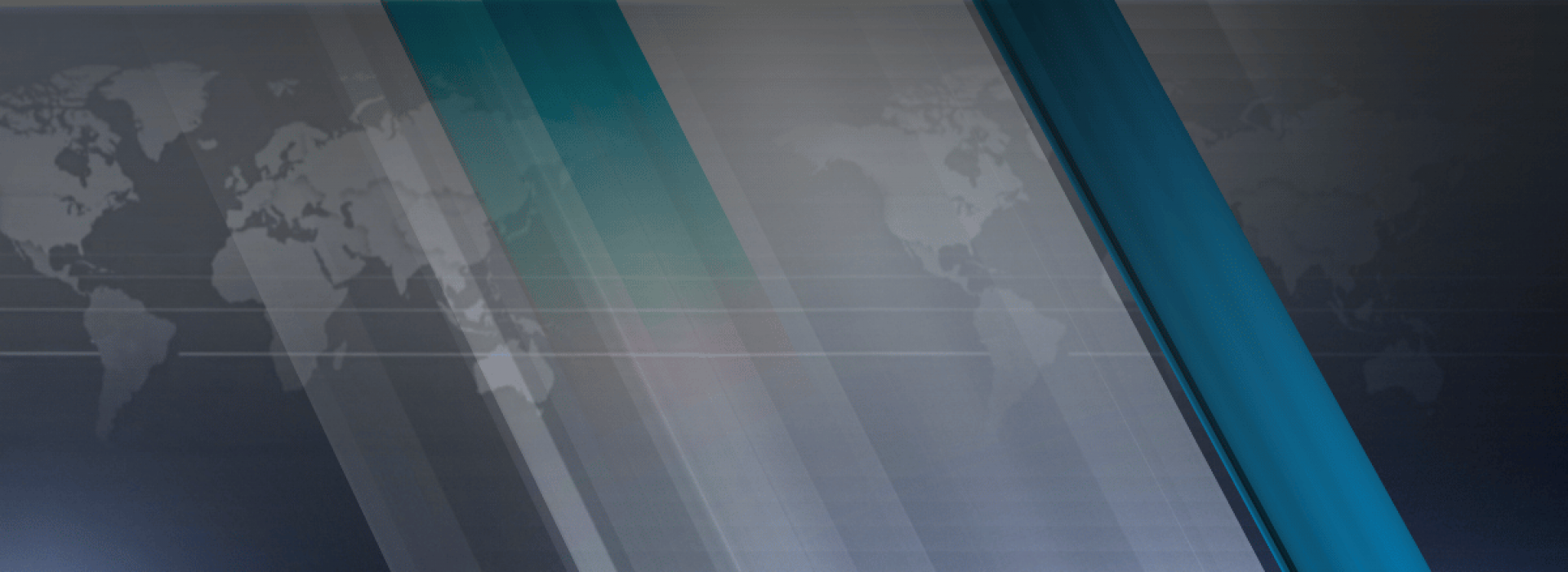Counterfeit medicines continue to be one of the most pressing threats to global health, taking lives, draining economies, and undermining trust in healthcare systems. July brought a wave of troubling reports — from cancer patients in Lebanon struggling with fake treatments, to counterfeit Botox entering the Australian market, to U.S. regulators seizing falsified Ozempic. Meanwhile, Kenya revealed the enormous economic toll counterfeits are taking, and law enforcement across the world carried out raids that exposed just how widespread the problem has become.
Here’s a closer look at the key counterfeit news stories making headlines in July.
Kenya – Counterfeits Costing Billions and Endangering Lives
Kenya’s Anti‑Counterfeit Authority (ACA) released a sobering report showing that counterfeit goods are costing the country over KSh 800 billion every year, amounting to roughly 9% of the total illicit trade. Even more alarming, counterfeit medicines made up a significant share of the problem, with antibiotics and malaria treatments topping the list. These fake drugs not only undermine the healthcare system but also put patients at risk of treatment failure, prolonged illness, and death.
Lebanon – Cancer Patients Turn to DIY Treatments Amid Fake Drug Crisis
Lebanon is in the middle of a devastating counterfeit medicines crisis. Reports suggest that as many as one‑third of imported cancer drugs in the country may be fake, leaving patients desperate. Some have turned to sourcing chemotherapy drugs on their own, creating dangerous “DIY” solutions to continue treatment. Authorities uncovered a smuggling network that included a former minister’s relative and others tied to the medical supply chain. The counterfeit drugs — some of which contained no active ingredients — highlight the consequences of weak oversight and corruption in a sector where lives hang in the balance.
🔗 Lebanon cancer patients resort to DIY chemo amid fake meds crisis
🔗 OncoDaily insight: Fake cancer drugs
Australia – Counterfeit Botox Raises Safety Fears
In July, Australia’s Therapeutic Goods Administration (TGA) intercepted shipments of counterfeit Botox vials that closely resembled the genuine product. While the packaging looked convincing at first glance, investigators spotted small but telling flaws — typos, incorrect fonts, and fake batch numbers. These fake injectables, which were ordered online and imported into Australia, pose serious health risks, including botulism and other potentially life‑threatening complications. The case underscores just how easy it is for dangerous counterfeit products to slip into legitimate markets and the importance of sourcing treatments only from licensed professionals.
🔗 Hidden, scary problem: Counterfeit Botox fillers easy to order
🔗 Counterfeit Botox vials detected – TGA alert
United States – Fake Ozempic and Wegovy Flood the Market
The U.S. Food and Drug Administration (FDA) continued to sound the alarm in July after seizing counterfeit versions of Ozempic, a drug widely used for weight loss and diabetes. The fakes, some linked to lot number PAR0362, have been circulating in the legitimate U.S. supply chain, raising concerns about how they entered the market. Regulators also announced a ban on compounded GLP‑1 drugs such as Ozempic, Wegovy, Mounjaro, and Zepbound, citing safety and quality issues. At the same time, online scams are pushing unapproved or falsified versions of these drugs, with multiple reports of people being hospitalized after taking unsafe injections. With demand for GLP‑1s surging worldwide, counterfeiters are rushing to exploit the gap, putting patient safety in serious jeopardy.
🔗 FDA raises alarm on fake Ozempic and Wegovy
🔗 Tennessean report on fake GLP‑1 concerns
Other Notable July Incidents
India: Authorities dismantled a fake drug racket in Uttarakhand, arresting the mastermind and seizing large quantities of falsified medicines.
🔗 Read moreNigeria: Customs handed over ₦20.5 billion worth of counterfeit medicines to the National Agency for Food and Drug Administration and Control (NAFDAC), highlighting the scale of the threat in West Africa.
🔗 Read moreIndia (Mumbai): A new police‑FDA task force was set up to probe a counterfeit medicine racket, marking a coordinated push to crack down on the illegal trade.
🔗 Read moreUnited States (Mississippi): The Bureau of Narcotics seized a clandestine pill lab in Philadelphia, Mississippi, underscoring that the counterfeit drug crisis is not limited to imports but also being manufactured locally.
🔗 Read moreGlobal Perspective: Experts warn that in some regions, up to 50% of medicines in circulation are either fake or substandard. Counterfeit malaria drugs alone are estimated to kill more than 100,000 people every year, making the crisis both a health emergency and a humanitarian disaster.
🔗 Read more
🔗 ACPN raises alarm over fake drugs
🔗 Community pharmacists back NAFDAC
Final Thoughts
This July’s headlines reinforce what healthcare leaders have been warning for years: counterfeit medicines are not just a nuisance, they are a global crisis. From high‑demand drugs like Ozempic and Botox to life‑saving cancer treatments, counterfeiters are targeting every segment of the market. The economic losses are staggering, but the true cost is measured in lives lost, trust broken, and patients left without real treatment.
The lesson is clear — vigilance is essential. Patients should only source medicines through trusted, licensed providers, and regulators must continue to increase enforcement and cross‑border collaboration to close the gaps counterfeiters exploit. But the responsibility doesn’t stop there. Pharmaceutical and healthcare brands must also fight harder — investing in advanced detection technologies, strengthening supply chain protections, and taking a proactive stance against counterfeiters to safeguard both patients and their own reputations.


